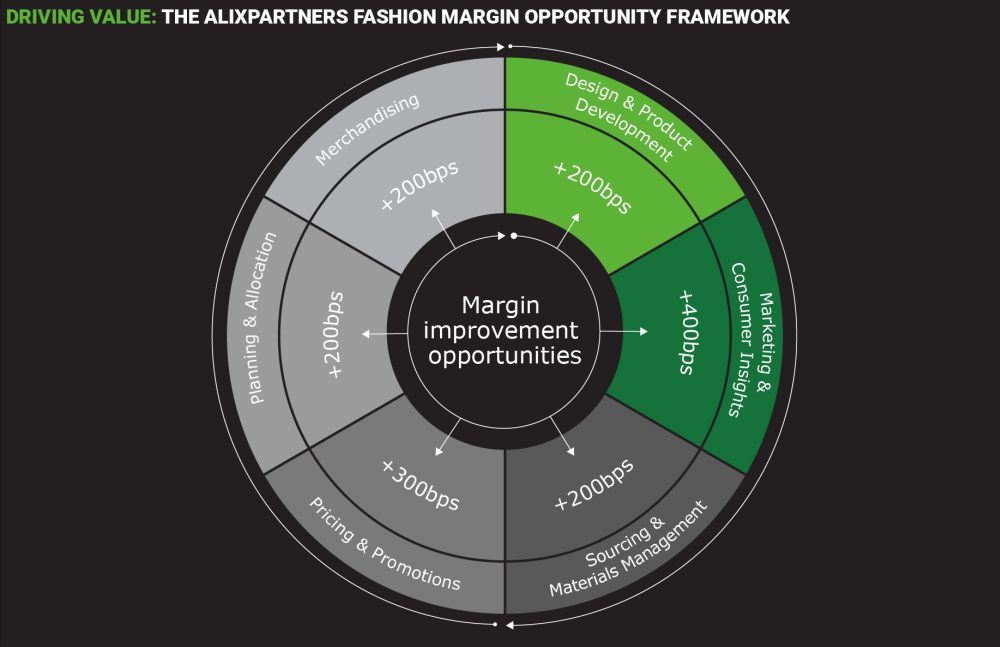- within Consumer Protection topic(s)
- with Inhouse Counsel
- with readers working within the Banking & Credit industries
Here's a challenge: have a guess at what people are going to want to buy and wear, and in what volumes and at which price points, in 10 months' time. If that's not tricky enough, add in some regional variations, an increasingly competitive market, and a backdrop of ever-rising customer demands on quality, value and sustainability, global pressures on supply chains, and a trend cycle that can be counted in weeks rather than months. Now gamble millions of dollars on materials, production and marketing, and keep your fingers crossed.
To offset the risks of fashion production, businesses need to maximise the potential rewards at every stage of the production cycle. Historically, sourcing teams have been the predominant team relied on to grow margins by driving down product costs, but this can come at the expense of quality and speed, and these days gains are harder to find. There are material margin enhancement opportunities at each stage of the fashion go-to-market process. Companies must look at their entire end-to-end processes to find incremental gains at every stage in order to be more effective, competitive, and profitable.
Fortunately, there are margin-driving improvements to be made almost everywhere you look (Figure 1). Typical and outdated practices will suppress your margins and make your work more complex, fraught and reactive, so it makes sense to put effort and resource into updating them. This can mean everything from adopting and utilising new technologies, such as AI and machine learning (ML), and working hard on getting right the basics of timely planning, establishing regular and open communication, and breaking silos.
Where companies go wrong
In businesses that aren't working optimally, problems show up at every stage: planning begins too far (a year or more) in advance, rather than on differentiated "tracks," allowing for both seasonal parts of the collection and seasonless items that respond quickly to fashion and demand. Working by season means you're designing next summer before you even know how this summer performed; teams don't communicate effectively, leading to marketing, promotions, merchandising and regional teams moving forward without a clear understanding of trends and demand; sourcing teams work in transactional and inflexible ways, without taking the opportunity to think strategically.
While much of this can be resolved by doing the hard work of ensuring that processes are timely and run smoothly, and that communication between teams is effective and clear, the role of technology in improving margins throughout a cycle cannot be overlooked.
The amounts of available data on every aspect of fashion production—from trends to consumer preferences; from variable local demand and size allocations; from price elasticity to the most profitable way to run promotions—is vast and, for some businesses, overwhelming, leading them to misread noise for signal, or too-heavily rely on instinct or historical behavior.
Missing out on the opportunities to sift and sort the data with AI or ML technologies is a real risk, as is failing to make the most of new design technology or the latest customer-facing e-commerce tools. But there is another way, as our fashion margins opportunities framework shows.
Finding breathing room in a tight cycle

A whole host of pressures, from geopolitics to shifting consumer expectations, has made finding one or two easy wins in the lifecycle of a season a thing of the past. To maximize profits, businesses must forensically analyze every stage of their operations to identify missed opportunities and ways to improve.
Like the work of creating desirable fashion itself, this means creating the right blend of technology and human touch, the former in everything from analytics to production, and the (arguably more challenging to modify) latter in streamlining how teams talk to each other, and when, and how deeply they understand what the business is working towards.
When the people in your business can make informed decisions, at the right time, with the right tools to hand, that's when you'll have a winning formula. Not just this season, but every season.
The content of this article is intended to provide a general guide to the subject matter. Specialist advice should be sought about your specific circumstances.




